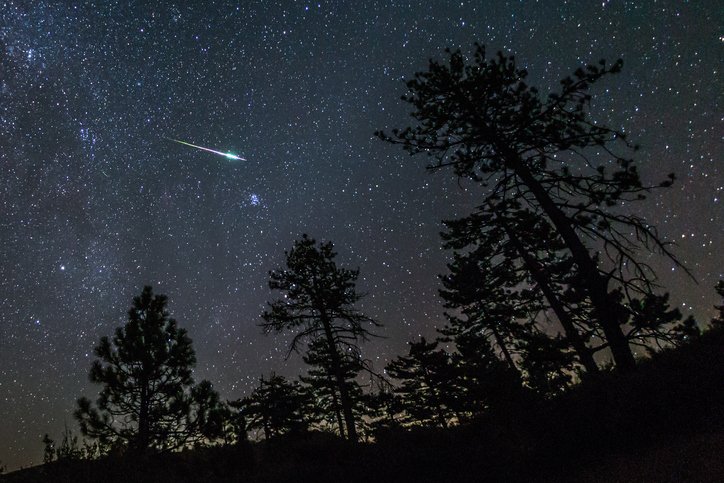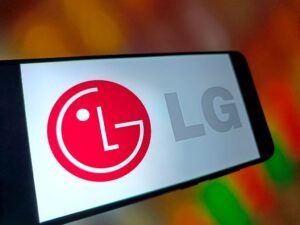
There’s a chance you might see a slight meteor shower known as the tau Herculids this long weekend.
Earth will pass through debris trails of a broken comet, according to NASA. The comet, 73P/Schwassmann-Wachmann, or SW3, broke into big ol’ fragments about 25 years ago.
If the fragments that popped off the comet were ejected at great speeds — we’re talking twice the normal speeds — then it’ll be able to reach earth, and will show us a dazzling display of meteors. And observations from 2009 show that some fragments might be moving fast enough!
Will we be able to see tau Herculids meteor shower?
The tau Herculids, a possible new meteor shower from May 30-31, has left some astronomers absolutely delighted at the possibility. But other scientists are a bit more reserved, thinking we might not see anything that lives up to a vivid, stunning, and sparkling meteor shower.
In all likelihood, if the tau Herculids meteor shower does occur, it’ll be faint.
How and when to watch the meteor shower
Take a look if you’re in North America under clear, dark skies around 1 a.m. ET May 31 — you just might be able to spot it, NASA reports.
And if this meteor shower doesn’t live up to your expectations, don’t worry: You have plenty of other opportunities to wish upon a star. In just a few weeks, the popular Perseids meteor show will take the sky.






